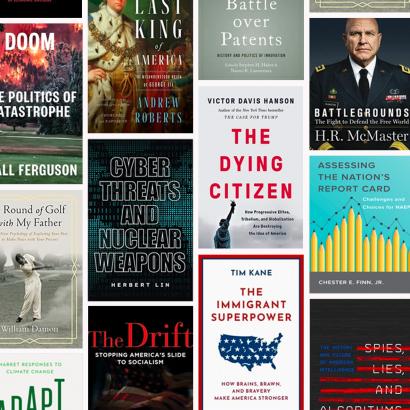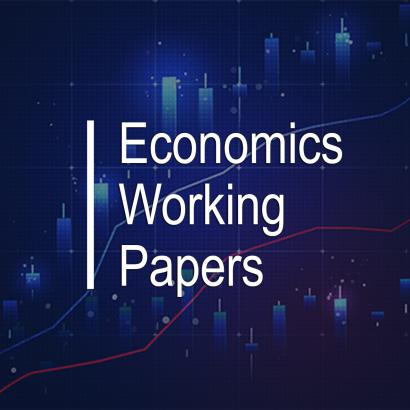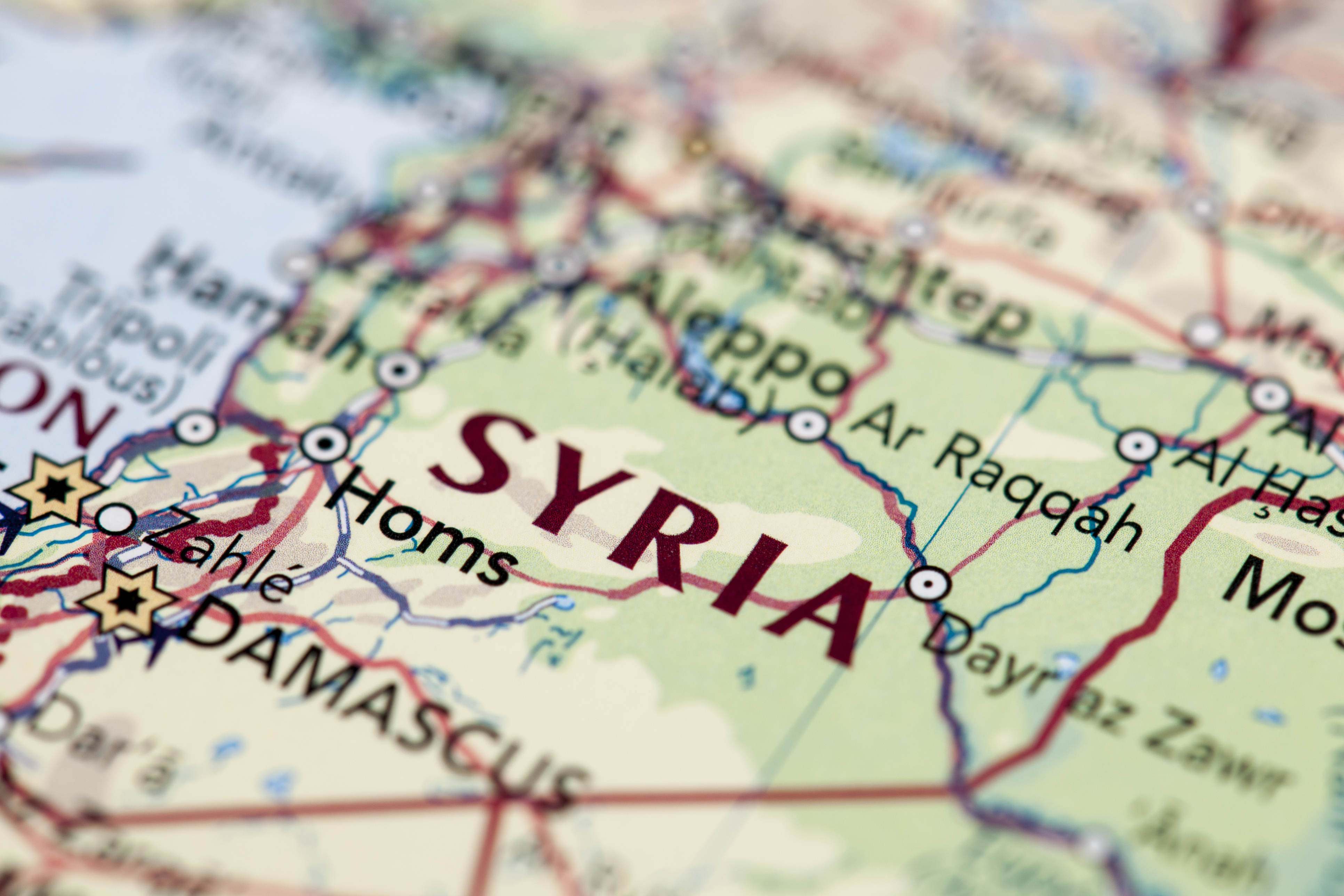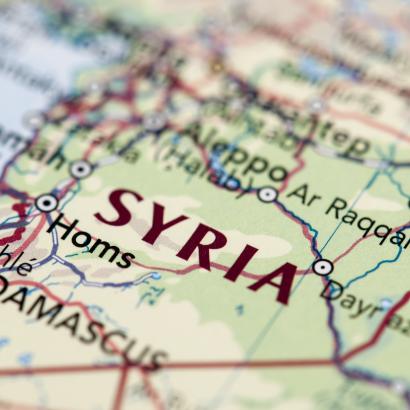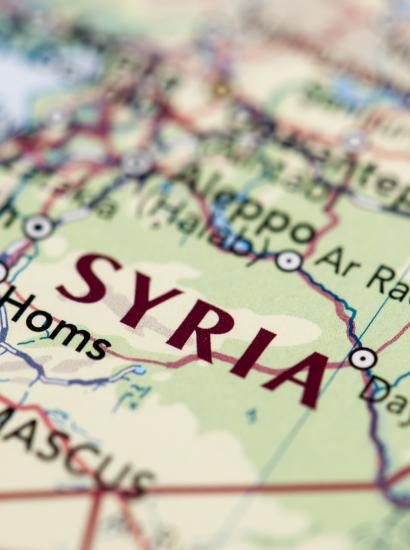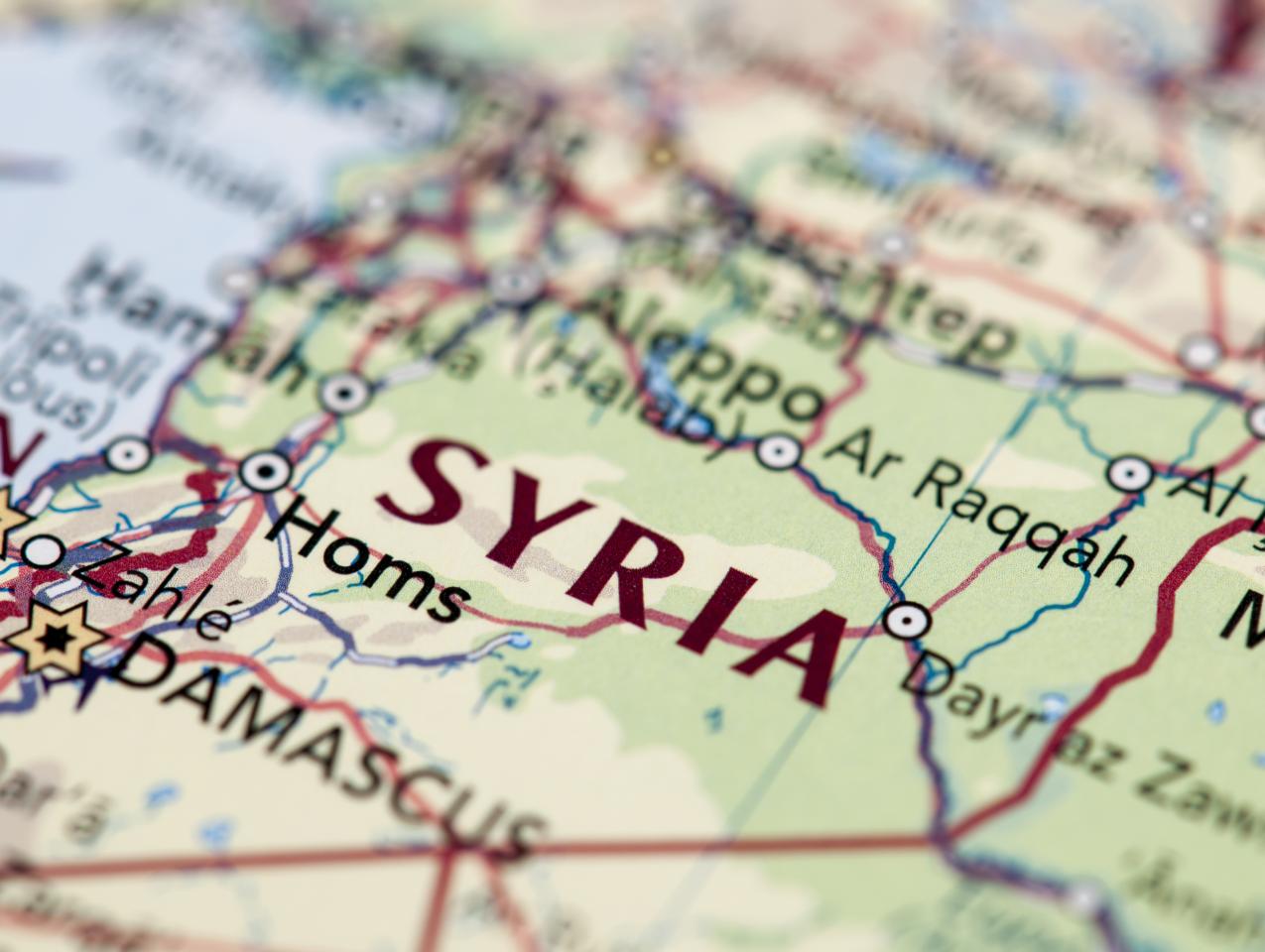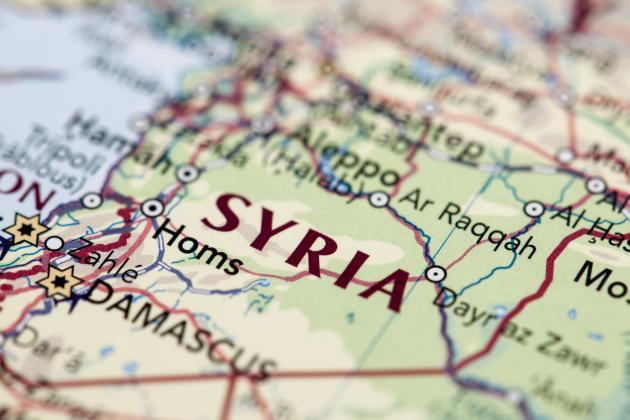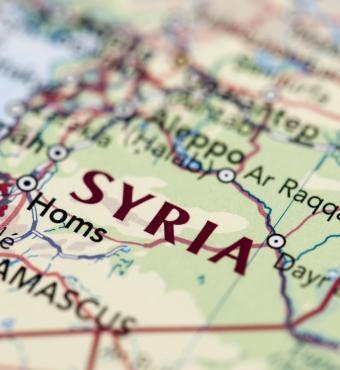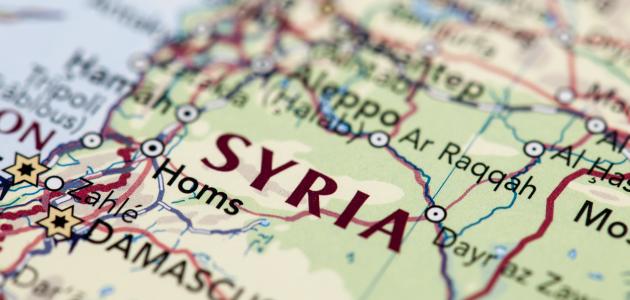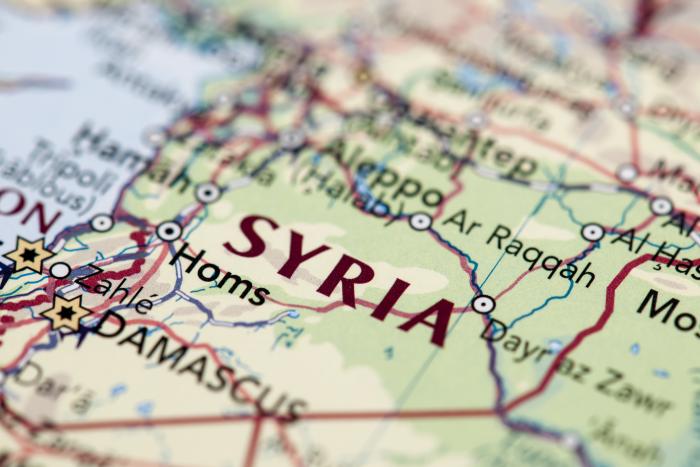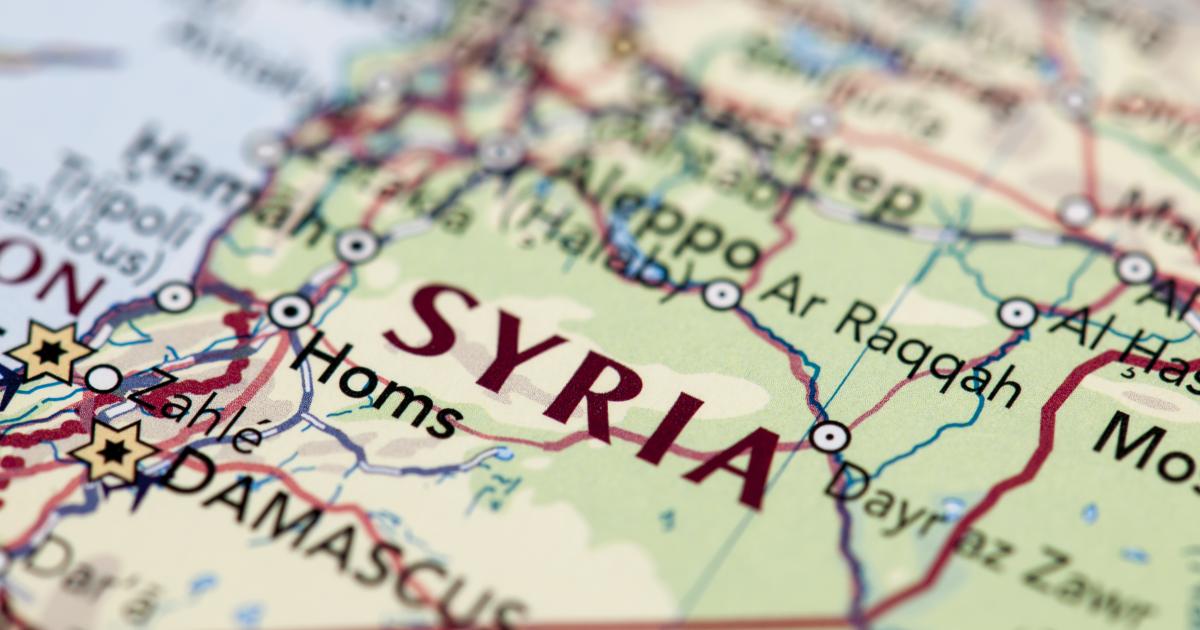- Determining America's Role in the World
The stakes in Syria’s Suwayda crisis are existential for the Druze, vital for Damascus, strategic for Israel, and interesting for Washington - which in an age of America First foreign policy means a higher risk tolerance, and thus a higher degree of flexibility, for the distant superpower. What constitutes a prudent approach in this situation - to stabilize a crisis zone and avoid war through engagement with the new government in Damascus, in line with Trump’s avowed policy approach, or to force a decentralized model of governance on Damascus in the name of the Druze and other minorities, as some have argued?
The Druze of Syria are on the horns of a dilemma: support and integrate with the new Syrian government under Ahmet al-Sharaa (nom de guerre Jolani), or leverage significant interest in their fate on the part of the West and Israel to press for a more decentralized regime that would grant greater powers and status to majority-Druze areas than has traditionally been the case. The risks of integration swing on Sharaa’s ability to broaden and moderate his support base from the jihadist movement that opposed Assad, shifting towards a more inclusive and less militant stance.
This may not be where things are headed, given the recent atrocities and extrajudicial killings committed by Syrian government forces and their local supporters in Suwayda. Trusting the forces around al-Sharaa carries risk. Yet pushing for decentralization also carries risks, as Israeli and Western interest may be temporary, potentially leaving the Druze isolated and at odds with the majority population in the new Syria.
The Trump Administration has tried to ease the dilemma somewhat by supporting the new government while pressing it to protect the Druze. As Washington terminates its sanctions program against Syria, policy makers there - and seniors among the Druze - will be watching closely to see that engagement and economic incentives bring a more secure role for the Druze as political conditions gradually stabilize across the country - or not.
The road the Druze take - whether from choice or compulsion - will do much to determine the fate of Syria moving forward. The al-Sharaa government may convince the Druze with words and deeds that they have a secure place in the country, shaping a new modus vivendi and an integrative solution. Or Damascus may struggle to effectively control and manage the state apparatus, putting the Druze back in hedging mode, preventing regime consolidation and prolonging foreign intervention.
A Short Primer on the Druze
The Druze are a Levantine Arab community that grew and spread during a period of political and religious turbulence in the Mideast a millennium ago. The Druze faith is a distinctive religious tradition, drawing from Abrahamic, gnostic, and neo-Platonic influences. It originated in early 11th-century Cairo, during the rule of Fatimid Caliph al-Hakim bi-Amr Allah, a period known for its intellectual and philosophical vitality. Following its inception, the movement expanded into Lebanon’s mountainous regions and present-day northern Israel. Although outsiders often associate the faith with Nashtakin ad-Darazi—a missionary whose role was more self-promoting than foundational—the community identifies itself as Muwahhidun (“Unitarians”), a name that reflects their core belief in the absolute oneness and indivisibility of God. The Druze faith is complex and esoteric. It’s known for being closed to newcomers, not accepting converts, and the community typically practices endogamy, marrying within their own group.
Secrecy has played a significant role in shaping Druze identity since the faith’s earliest days. The Druze reserve their sacred texts for a select group of initiates, while most adherents integrate seamlessly into neighboring societies. This approach has generated considerable curiosity about their beliefs and contributed to their cohesiveness in environments that have often been challenging. By the 16th century, many Druze had migrated southward to Syria’s Mount Hawran (Jabal al-Druze), with additional communities forming in Jordan. Today, Druze populations are established across Lebanon, Syria, Israel, and Jordan, collectively numbering close to one and a half million.
Despite their relatively small population, the Druze have made substantial contributions to regional history. In the 17th century, Emir Fakhr al-Din II established a semi-autonomous state in Lebanon, regarded by some scholars as a precursor to the modern Lebanese nation. His state fostered coexistence among Druze, Sunni, Shi‘a, Christian, and Jewish communities. Before this era, prominent Druze families were noted for their involvement in resistance against the Crusaders and Mongols. Druze political traditions include both pragmatic relations with neighbors and fierce resistance to those seen as foreign invaders or occupiers. The Druze in Syria led the Great Syrian revolt of 1925 against French colonial rule, yet during Israel's war of independence, the Druze community in Israel chose to remain in their villages, underscoring commitment to their ancestral lands rather than ideological commitment to a pan-Arab cause.
Over the centuries Druze communities crafted political compromises with empires and states that rose and fell around their mountain sanctuaries - Ayyubid, Mameluke, Ottoman, French, then the modern states of Lebanon, Israel, and Syria. Part of their protective strategy was to generally support the states wherein they lived - to be good citizens and avoid provocative separatist displays. The strategy was not a universal practice: at times of state weakness - such as the last century of Ottoman rule and the transition from French and British mandates to the modern state system after the Second World War - clashes with other local groups (usually Bedouin Arabs) recurred. It would be an oversimplification to describe these as purely sectarian or ethnic battles - they can also be understood as contestation over power and resources during vacuums of central authority. Between such episodes, a modus vivendi with the ruling authority emerges but with the fall of Assad, we appear to again be in one of the tense and uncertain interregna.
Throughout centuries, the Druze have maintained cohesion through a balance of discretion and solidarity, adapting when necessary yet remaining steadfast on their core principles. Their enduring resilience and unity have established them as a prominent and influential minority within the Middle East. Their reputation for resilience comes from defending their mountain regions and the importance they place on land as a key part of their identity and faith.
The Druze of Lebanon and Israel
The experiences of the Druze in Lebanon and Israel differ significantly from that of their coreligionists in Syria, based on adaptive strategies that evolved based on unique political environments. The highly cohesive Druze community in Lebanon participates actively in politics, projecting power beyond their numbers, while in Syria, they have taken a more reserved approach with survival through neutrality. In Israel the Druze dealt pragmatically with the Zionist movement early on, and secured rights and status through a combination of military service and ideological alignment. The relative success of Druze in both countries has been rooted in communal solidarity and pragmatic choices to navigate domestic sectarian divides and regional challenges.
The Jumblatt family has long dominated the leadership among the Lebanese Druze, who comprise about five percent of the population and are centered in the Chouf and Mount Lebanon regions. Kamal Jumblatt led the Druze community after Lebanon gained independence from France in 1943, and eventually entered a coalition with Palestinian groups during the civil war (1975–1990). Following his assassination in 1977, his son Walid assumed leadership, securing communal recognition and rights through the Taif Agreement that ended the civil war.
The gains enshrined at Taif were largely won through combat - with Soviet and Syrian help, the Druze militia in Lebanon became a formalized and proficient fighting force, eventually flagged as the People’s Liberation Army (PLA). Selected personnel underwent military training in the Soviet Union and later established training camps in the Chouf District. Throughout the 1980s, the PLA became a decisive instrument in defending Druze strongholds during the Lebanese civil war. (One of the authors of this article is a former Druze militia member who participated in the Soviet training program). Yet the Jumblatts did not pursue separation from Lebanon - they wanted integration on favorable terms, and saw armed readiness as a way to ensure a seat at the table rather than to overturn it.
In Israel, too, the Druze became known as fiercely loyal to the state. Centered in the Mount Carmel and Galilee regions, the Druze population integrated into Israeli society (including elite units of the armed forces) to a much higher degree than other Israeli Arabs. The situation created paradoxes - the Druze of the Golan Heights have traditionally retained affinity with the Syrian state, whereas those in Green Line Israel identified as Israeli Druze. Israel asserts a cross-border interest and imperative to protect Druze in Syria, while the majority of Syrian Druze leaders continue to advocate for integration - safely and equitably - with the new government in Damascus. Israel’s urge to intervene is not only a function of geopolitical calculations, but is a response to powerful (and visceral) political mobilization by the Druze of Galilee and Carmel, who demanded action as over a thousand young Israeli Druze crossed into Syria to support their co-religionists in Suwayda.
Competing Visions Among the Syrian Druze
The Druze in Syria mainly reside in Jabal al-Druze (Suwayda Province). Representing about three percent of Syria’s population, the Druze engaged in resistance movements during the French Mandate but later became integrated at lower levels within the state under Baʿathist governments, without holding influential political or military positions. The beginning of the Syrian civil war in 2011 presented new circumstances for the Druze, who enjoyed less political autonomy and military capacity than their kin in Lebanon, less integration and status than those in Israel. Most Druze in Suwayda adopted a stance of defensive neutrality, focusing on local safety rather than participating in broader national advances. Few individuals aligned themselves with either the Assad government or opposition groups from 2011 to 2024, but the overall community decisions were generally motivated by a desire for security rather than national political or military influences.
The future security and political alignment of the Syrian Druze hit a pivot point during intercommunal fighting in July 2025 involving Druze militiamen, Bedouin fighters, and forces of the new government in Damascus. The facts of what transpired are fairly clear: a local dispute led to armed clashes, mutual mobilization, hostage-taking, killings of civilians, public executions (including a US citizen), Israeli airstrikes, a tense standoff, a committee of inquiry, partial withdrawal of government troops, and deepened mutual mistrust. President al-Sharaa promised to make protection of the Druze a national priority, but the wounds are still fresh on both sides.
Experts disagree on the meaning and implications of the events. Is Suwayda proof that Damascus intends to brutalize the Druze and intimidate them into quiescence - and thus justification for sustained external intervention? Or is it a demonstration of the fragility of the post-Assad transition that should prod both Druze leaders in Suwayda and the government of Ahmed al-Sharaa into closer coordination and integration? Perhaps most importantly, can the Druze of Syria forge something analogous to the tacit understanding achieved with central governments in Lebanon and Israel - some combination of robust political integration, prudent steps for self-protection, and engagement with the international community? Although Druze leaders harbor deep mistrust toward the current government and its security forces, they remain divided on how best to secure their community’s future. Pro-Israel Hikmet al-Hijri contends that pursuing greater autonomy and even separation is necessary to safeguard Druze interests amid ongoing tensions and external threats. In contrast, Yusuf Jarboua, Hammoud al-Hinnawi, and others advocate for restraint and dialogue, arguing that diplomatic engagement and a reduction in Israeli interventions are critical to preventing further escalation and preserving community stability.
A Trumpian Bargain to Secure Suwayda - and Syria
The recently-announced roadmap for Suwayda reconciliation - worked out by U.S., Jordanian, and Syrian diplomats - is a step in the right direction, but it is not a comprehensive approach to stabilization. A long-term strategy is needed to tackle issues in Suwayda and broader challenges in Syria, including Israel's security concerns, transparent accountability for recent atrocities, distrust between Damascus and minorities, limited capacity and capability of security forces, and resource shortages from prolonged economic decline. Additionally, the Higher Legal Committee in Suwayda rejects this roadmap and asserts that there will be no reconciliation with the al-Sharaa government. The Committee calls on the international community to recognize the people's right to freedom and self-determination. Other Druze leaders have been more open to reconciliation, which remains an American interest.
Washington’s position offers a range of practical options beyond simply backing al-Sharaa or undermining the new government. For example, Washington could leverage the nearby UN-mandated Disengagement Observer Forces (UNDOF) not just for monitoring, but to facilitate dialogue and to help in building trust and de-escalate tensions. Economic opportunities identified by Washington could be paired with investment incentives that reward inclusive governance, rather than reinforcing existing power structures. By combining these available tools in intentional and collaborative ways, Washington can move beyond binary choices and support innovative solutions to Syria’s complex challenges.
The answer for the Druze, in other words, lies in a Syria that works. If the locally based Ministry of Interior troops envisioned in the Suwayda roadmap prove insufficient to contain tensions on the ground, an expansion of the current designated area of separation and UNDOF’s mission that was mandated by the UNSC Resolution 350 (1974) could provide an additional safeguard in terms of monitoring and reporting violations and in adding another layer of assurance. This security framework could be reinforced by scaling up humanitarian assistance, particularly through existing programs like the one led by King Salman Humanitarian Aid and Relief Center and other international relief efforts. A Saudi-led humanitarian campaign would complement Riyadh’s ongoing investment initiatives in other Syrian provinces and ease the current tensions between the Suwayda province and the Syrian government. In parallel, private sector backing of U.S. Ambassador Barracks’ initiatives to stimulate trade and investment could serve as the tide that lifts all boats. Over time, greater prosperity in Syria—including Suwayda and its surroundings—would reduce incentives for criminal activity and local thuggery while inspiring hope across minority communities, helping to prevent the recurrence of violent flare-ups like those witnessed recently.
Suwayda is a litmus test for the sorts of compromises and resource commitments that will be needed to pull Syria into a sustainable political and security space. Washington should stick to President Trump’s strategy of engaging with Ahmed al-Sharaa, but not leave his success to chance. Yet, the road ahead is fraught with complex dilemmas and profound uncertainties. As new power dynamics settle in Damascus and international actors recalibrate their engagement, the Druze of Suwayda must navigate a precarious landscape where alliances can shift rapidly and external pressures wax and wane with the winds of geopolitical fortune. The challenge will not simply be to secure protection or autonomy in the moment, but to construct sustainable mechanisms for representation and resilience within an evolving Syrian state.
Rich Outzen is a retired U.S. Army officer and geopolitical analyst with decades of experience shaping and implementing national security and foreign policy in the Middle East. He is a non-resident Senior Fellow at the Atlantic Council and a consultant for private and public sector clients.
Abbas Dahouk is a retired U.S. Army officer and inductee of the Officer Candidate School (OCS) Hall of Fame. As a naturalized U.S. citizen, Dahouk brings a unique perspective shaped by his military experiences during the Lebanese Civil War and his 33-year career serving in the U.S. Army.


